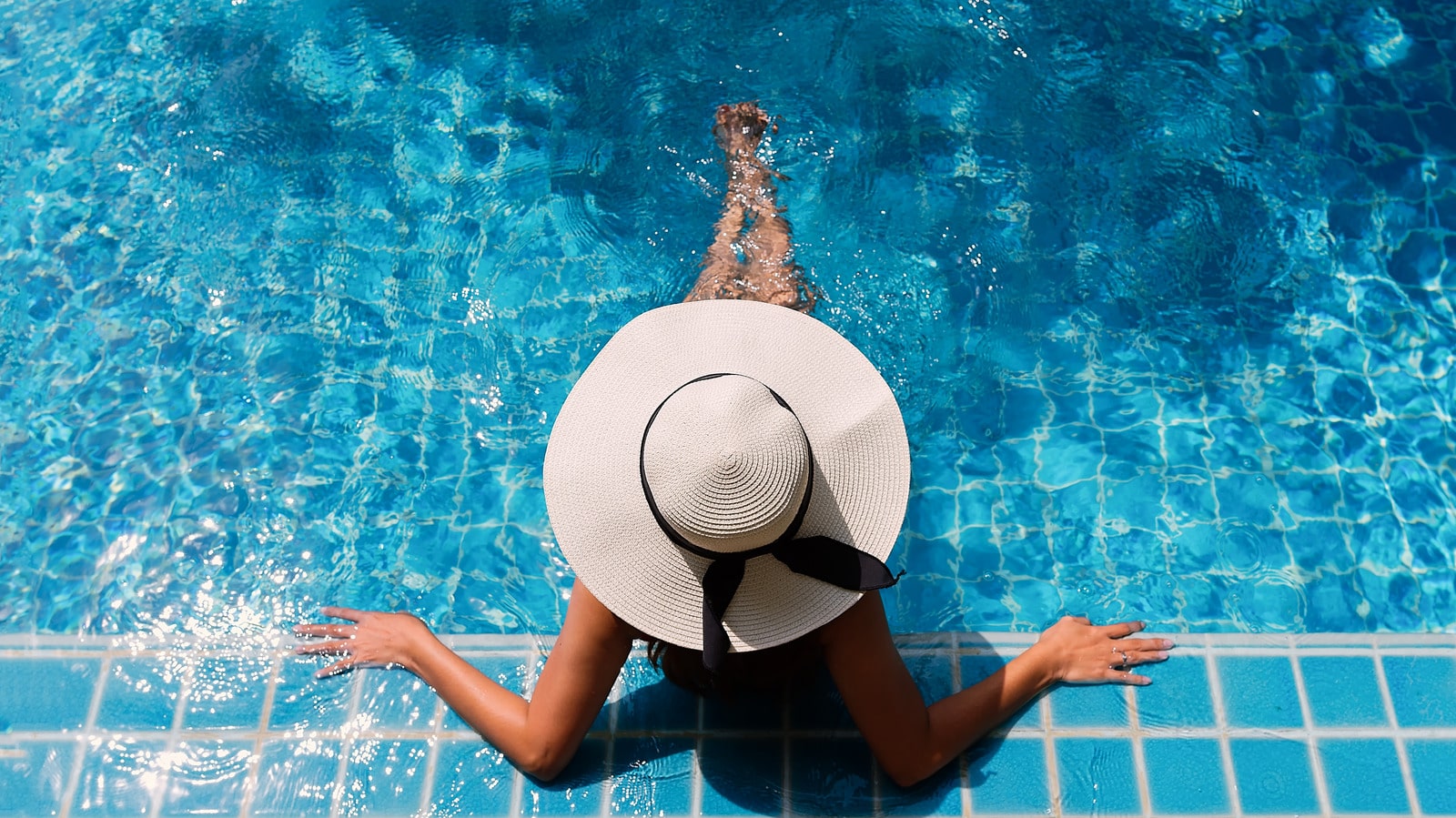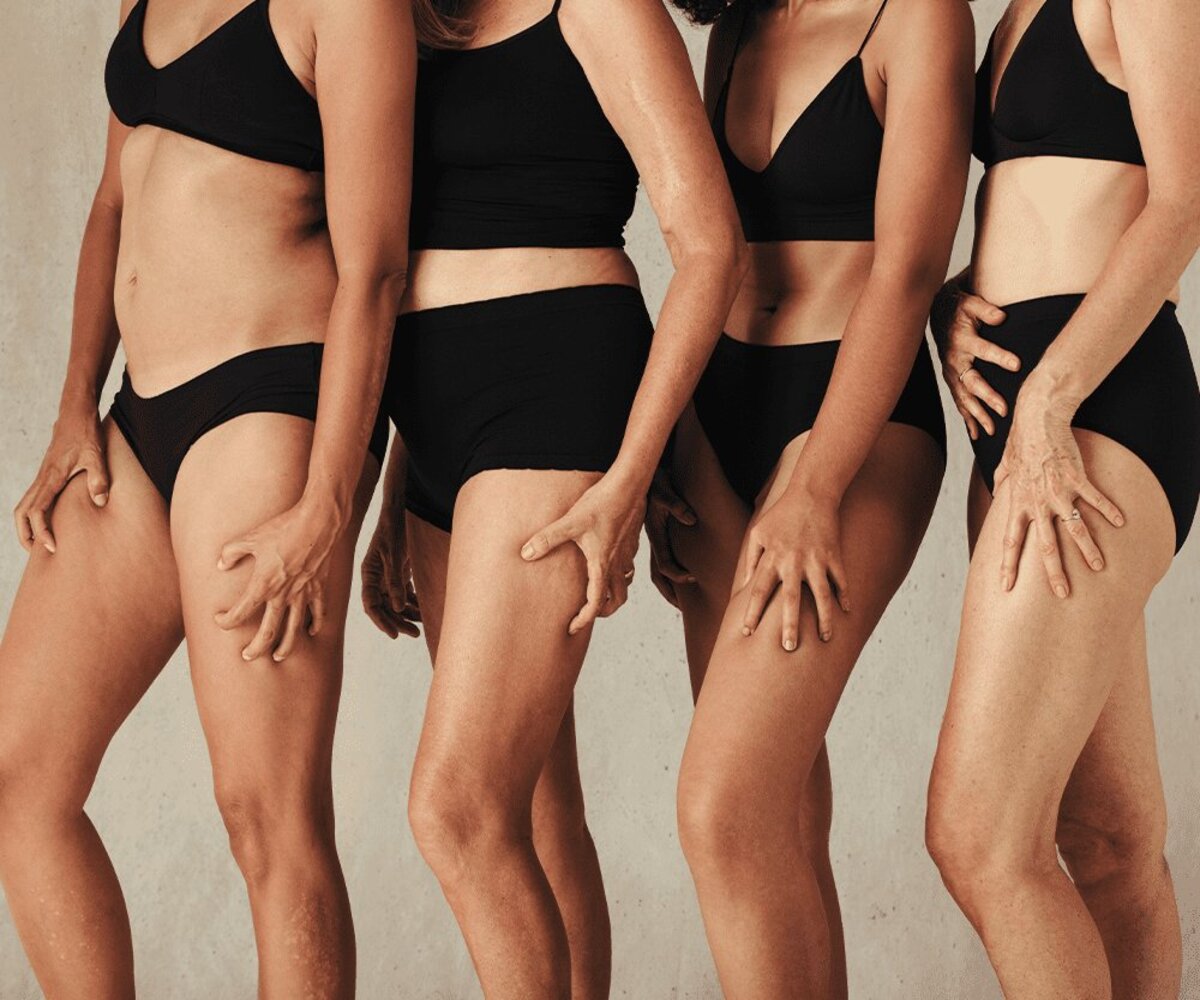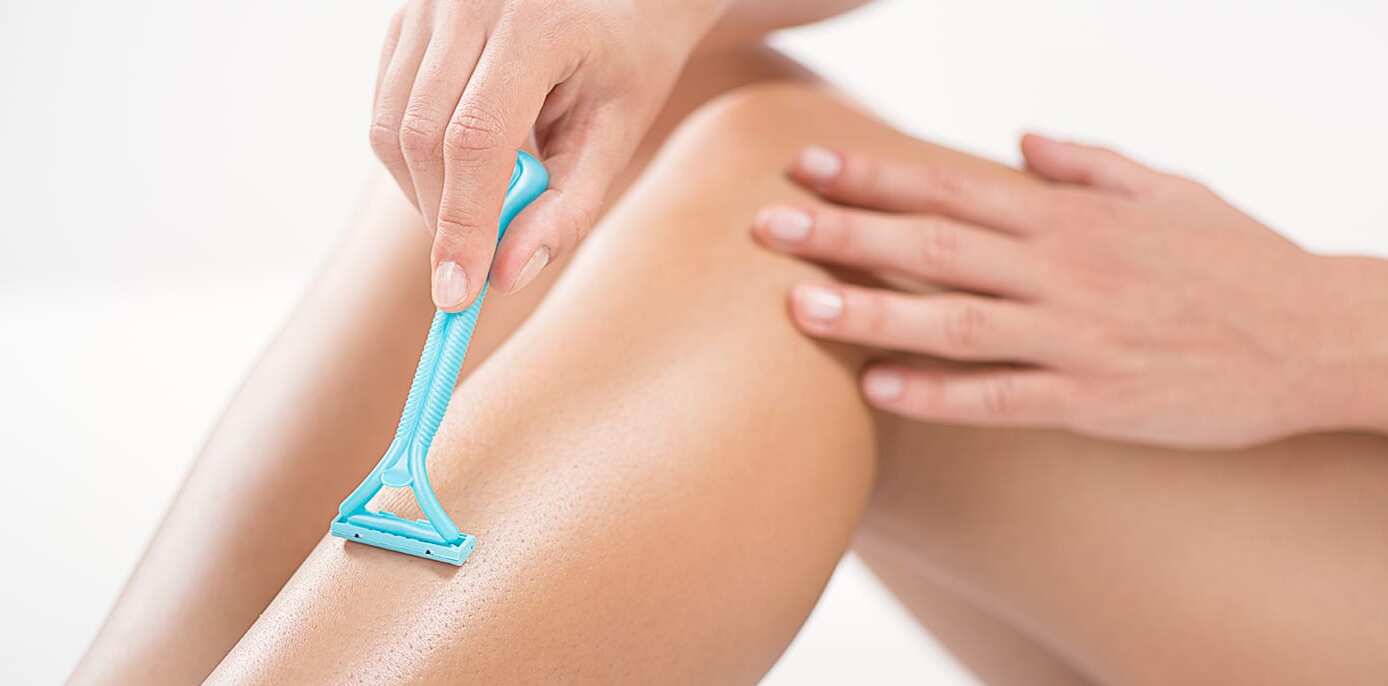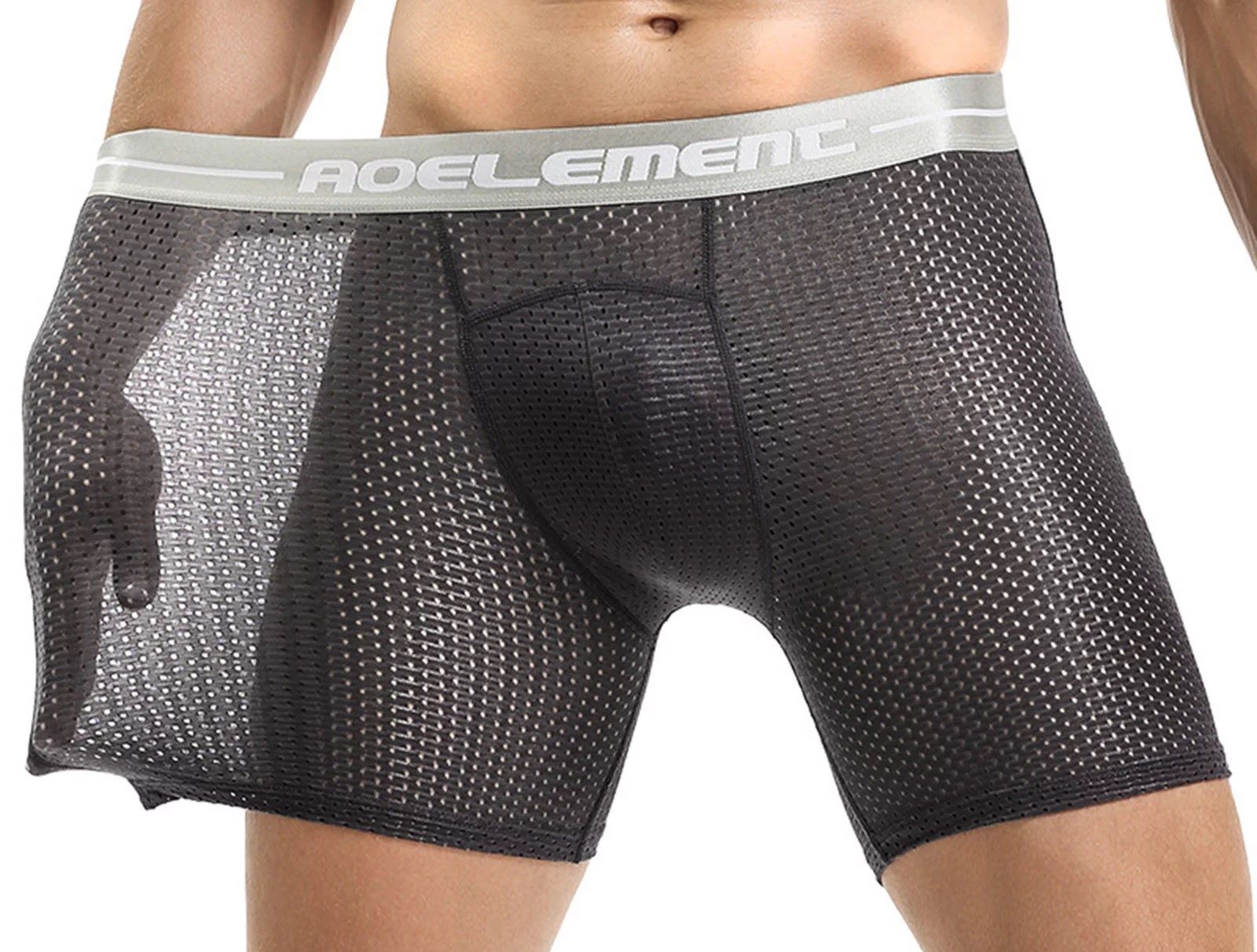Home>Women's Underwear>Bikinis>How Long After Bikini Wax Can I Swim


Bikinis
How Long After Bikini Wax Can I Swim
Modified: September 29, 2023
Discover how long you should wait after a bikini wax before going for a swim. Find out the best practices for enjoying the beach in your bikinis without any discomfort or irritation.
(Many of the links in this article redirect to a specific reviewed product. Your purchase of these products through affiliate links helps to generate commission for Under-tec.com, at no extra cost. Learn more)
Table of Contents
Introduction
It’s summertime, and that means it’s bikini season! Many people opt for bikini waxing as a way to achieve smooth and hair-free skin in their swimsuits. But if you’ve recently had a bikini wax, you might be wondering when it’s safe to take a dip in the pool or ocean without causing any discomfort or irritation.
Swimming after a bikini wax can be a bit tricky, as the waxing process can leave your skin sensitive and more susceptible to irritants. The last thing you want is to ruin your newly waxed bikini line or experience any discomfort while enjoying your time by the water.
In this article, we will delve into the details of when it’s safe to go swimming after a bikini wax, the factors that can affect the timing, and the precautions you should take to ensure a smooth and comfortable experience.
So, if you’re eager to jump into the water after your bikini wax but want to make sure you’re doing it at the right time, keep reading to find out all you need to know.
Understanding the Bikini Waxing Process
Before we dive into when it’s safe to go swimming after a bikini wax, let’s first gain a better understanding of the bikini waxing process itself. Bikini waxing involves removing unwanted hair from the bikini area using hot wax. This process is typically performed by a trained esthetician and can be done in various styles, including the classic bikini, Brazilian, or Hollywood wax.
The esthetician applies warm wax to the desired areas and then presses a cloth strip onto the wax. Once the wax has cooled and adhered to the hair, the esthetician swiftly pulls off the strip, removing the hair from the root. This method ensures a longer-lasting result compared to shaving, as it takes more time for the hair to grow back.
However, it’s important to note that the waxing process can be slightly uncomfortable, especially if you’re getting bikini waxed for the first time or if your hair is particularly coarse. It’s normal to experience some redness, sensitivity, and a slight stinging sensation immediately after the waxing session.
Additionally, waxing removes not only the hair but also a thin layer of dead skin cells, leaving your skin more vulnerable to external irritants. This is why it’s essential to take proper care of your freshly waxed bikini area and avoid any activities that could potentially cause further irritation or infection.
Now that we have a better understanding of what happens during a bikini waxing session, let’s explore the factors that can affect when you can safely go swimming afterward.
Factors Affecting Swimming After Bikini Wax
While there is no definitive answer to how long you should wait before swimming after a bikini wax, several factors can impact the timing. It’s important to consider these factors to ensure the best possible outcome for your skin and prevent any discomfort or complications.
1. Skin Sensitivity: After a bikini wax, your skin may become more sensitive and prone to irritation. This sensitivity can vary from person to person, depending on factors such as skin type, prior hair removal methods, and the condition of your skin before the waxing session. If you have sensitive skin, you may need to wait longer before swimming to allow your skin to recover and minimize the risk of irritation.
2. Redness and Inflammation: It’s common to experience redness and inflammation immediately after a bikini wax. This is a natural response to the hair removal process and should subside within a few hours. However, it’s crucial to wait until your skin has fully calmed down before exposing it to chlorinated water or saltwater, as these can further irritate your skin.
3. Open Hair Follicles: Waxing opens up the hair follicles, making them more vulnerable to bacteria and other contaminants. If you swim too soon after waxing, there is a higher risk of developing folliculitis, which is the inflammation of the hair follicles. To minimize this risk, allow enough time for your hair follicles to close up before exposing them to potentially contaminated water.
4. Healing Time: Every person’s healing process is unique, and it can depend on various factors like your overall health, immune system, and aftercare routine. It’s important to remember that your bikini area is a delicate and sensitive part of your body, and giving it ample time to heal after waxing is crucial. Rushing into swimming too soon can hinder the healing process and potentially lead to complications.
Considering these factors, it’s generally recommended to wait at least 24 to 48 hours before swimming after a bikini wax. However, it’s essential to listen to your body and assess how well your skin has recovered before deciding to take a dip in the water.
In the next section, we will discuss the recommended waiting time before swimming after a bikini wax in more detail.
Recommended Waiting Time Before Swimming
While the waiting time before swimming after a bikini wax can vary from person to person, there are some general guidelines that you can follow to ensure the best results and minimize any potential discomfort or complications.
1. Wait at least 24 to 48 Hours: It’s generally recommended to wait at least 24 to 48 hours after a bikini wax before swimming. This timeframe allows your skin to recover, reduces the risk of irritation or infection, and gives your hair follicles time to close up and heal. It’s important not to rush into swimming too soon, even if you’re eager to show off your smooth bikini line.
2. Assess Your Skin: Pay attention to how your skin is healing and how it feels. If you still experience redness, tenderness, or any signs of irritation, it’s best to wait a bit longer before swimming. Your skin should be calm, with no signs of inflammation, sensitivity, or open wounds.
3. Consult with a Professional: If you’re unsure about the appropriate waiting time for swimming after a bikini wax, it’s always a good idea to consult with a professional esthetician. They can assess your specific situation, take into account any unique factors, and provide personalized recommendations based on their expertise.
4. Consider Water Conditions: The type of water you plan to swim in can also impact when it is safe to go swimming after a bikini wax. Chlorinated pool water and saltwater can both potentially irritate your freshly waxed skin. If possible, opt for swimming in clean, untreated water, such as a lake or a natural body of water, to minimize any potential irritation.
Remember, these are general recommendations, and everyone’s skin reacts differently. It’s essential to listen to your body and prioritize the health and well-being of your skin. If you experience any persistent discomfort, redness, or other signs of irritation, it’s best to consult with a healthcare professional.
Next, we’ll discuss the precautions you should take when swimming after a bikini wax to ensure a smooth and comfortable experience.
Precautions to Take When Swimming After Bikini Wax
When you feel that the recommended waiting time has passed and you’re ready to hop into the water after a bikini wax, it’s important to take certain precautions to ensure a smooth and comfortable experience. Here are some essential steps to follow:
1. Rinse with Fresh Water: Before swimming, rinse your bikini area with fresh water. This helps remove any sweat, dirt, or residue that may have accumulated on the skin’s surface. Avoid using harsh soaps or cleansers, as they can further irritate your skin.
2. Wear a Clean Swimsuit: Make sure your swimsuit is clean before wearing it after a bikini wax. Wash it thoroughly to remove any detergent residues that might cause irritation. Opt for a loose-fitting swimsuit that allows your skin to breathe.
3. Apply a Soothing Moisturizer: After rinsing, apply a soothing and fragrance-free moisturizer to your bikini area. Look for a product that contains natural ingredients like aloe vera or chamomile, which can help calm the skin and reduce any remaining redness or irritation.
4. Protect with Sunscreen: If you plan to swim under the sun, remember to apply a waterproof sunscreen to your bikini area. The freshly waxed skin can be more susceptible to sunburn, so ensure you choose a broad-spectrum sunscreen with a high SPF to provide adequate protection.
5. Avoid Harsh Chemicals: While swimming, try to avoid exposing your bikini area to harsh chemicals such as chlorine. These chemicals can further irritate your skin and strip away the natural oils, causing dryness and discomfort. If possible, choose swimming pools with a lower chlorine content or consider natural bodies of water where chemicals are not used.
6. Pat Dry Gently: After swimming, gently pat your bikini area dry with a soft towel. Avoid rubbing or excessive friction, as this can cause irritation. It’s best to let the area air dry for a few moments before applying any additional products.
7. Maintain Proper Aftercare: Even after swimming, continue to follow the aftercare instructions provided by your esthetician. This may include avoiding hot baths or showers, exfoliating the area gently, and wearing loose-fitting, breathable underwear.
By following these precautions, you can help minimize any potential discomfort, irritation, or complications when swimming after a bikini wax. Remember, everyone’s skin reacts differently, so it’s important to listen to your body and adjust your routine accordingly.
In the concluding section, we’ll summarize the key points discussed in this article.
Ensuring Proper Aftercare for Your Bikini Wax
Bikini waxing requires proper aftercare to ensure the longevity of your smooth results and minimize the risk of irritation or infection. Here are some essential tips to follow for proper aftercare:
1. Avoid Hot Baths or Showers: For the first 24 to 48 hours after your bikini wax, avoid hot baths, showers, saunas, or steam rooms. Hot water can further sensitize your skin and increase the risk of inflammation or infection. Stick to lukewarm water instead.
2. Gently Exfoliate: After a few days, you can start gently exfoliating the waxed area to prevent ingrown hairs. Use a soft exfoliating scrub or a gentle brush to remove dead skin cells and potential blockages around the hair follicles. Be careful not to scrub too hard, as this can cause irritation.
3. Moisturize Regularly: Keeping your skin moisturized is crucial after a bikini wax. Dry skin can lead to itching and irritation, so apply a gentle, fragrance-free moisturizer regularly to keep your skin hydrated. Avoid scented lotions or creams, as they can potentially irritate the skin.
4. Wear Loose-Fitting Clothing: Opt for loose-fitting, breathable underwear and clothing to allow your skin to breathe and prevent friction. Tight clothing can rub against the waxed area, causing irritation and discomfort. Choose fabrics like cotton that won’t trap moisture or heat against your skin.
5. Avoid Sun Exposure: Protect your waxed bikini area from direct sun exposure for at least 24 hours. If you do need to be in the sun, apply a broad-spectrum sunscreen with a high SPF to prevent sunburn and minimize the risk of pigmentation changes.
6. Avoid Touching or Picking: It’s important to resist the temptation to touch or pick at your freshly waxed bikini area. This can introduce bacteria and increase the risk of infection. Keep your hands away from the area and let it heal naturally.
7. Schedule Regular Maintenance: To maintain your smooth results, it’s advisable to schedule regular bikini waxes every 4 to 6 weeks. This helps keep your hair growth cycles in sync, resulting in longer-lasting smoothness and reducing the discomfort associated with longer hairs.
Remember, each person’s skin is unique, and it’s essential to listen to your body and adjust your aftercare routine accordingly. If you experience excessive redness, swelling, pain, or signs of infection, it’s crucial to seek medical advice from a healthcare professional.
By following these aftercare tips, you can ensure proper healing, minimize discomfort, and enjoy the benefits of your bikini wax for an extended period.
So, whether you’re headed to the beach, pool, or simply want to feel confident in your bikini, make sure to give your skin the care it deserves. With the right aftercare, you can confidently enjoy your smooth and hair-free bikini line.
Conclusion
Swimming after a bikini wax requires careful consideration and patience to ensure the best results and minimize any potential discomfort or complications. While there is no one-size-fits-all answer to how long you should wait before swimming, it’s generally recommended to wait at least 24 to 48 hours to allow your skin to recover and reduce the risk of irritation. However, it’s important to assess your skin’s sensitivity, redness, and overall healing progress before making the decision to swim.
Factors such as skin sensitivity, redness, open hair follicles, and individual healing times can affect the timing of swimming after a bikini wax. It’s essential to take these factors into account and prioritize the health and well-being of your skin. When you do decide to swim after a bikini wax, remember to rinse with fresh water before swimming, wear a clean swimsuit, apply a soothing moisturizer, protect your skin with sunscreen, and avoid harsh chemicals.
Proper aftercare is also crucial in maintaining the results and health of your bikini wax. This includes avoiding hot baths or showers, gently exfoliating, moisturizing regularly, wearing loose-fitting clothing, and avoiding sun exposure. Following these aftercare tips will help you achieve longer-lasting smoothness and minimize the risk of irritation or infection.
Ultimately, it’s important to listen to your body and assess your skin’s healing progress before deciding to swim after a bikini wax. If you experience persistent discomfort, redness, or other signs of irritation, it’s best to consult with a healthcare professional.
So, whether you’re planning a beach vacation or simply want to feel confident in your swimsuit, by understanding the bikini waxing process, considering the factors that affect swimming after a wax, taking precautions, and practicing proper aftercare, you can enjoy a smooth and hassle-free experience. Remember to prioritize the health and well-being of your skin to make the most of your bikini wax results and confidently embrace the joys of summer.









